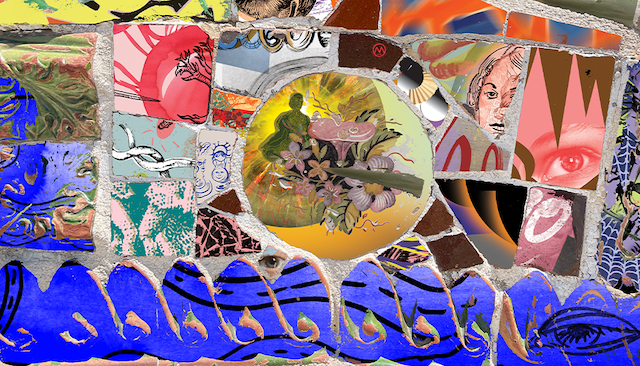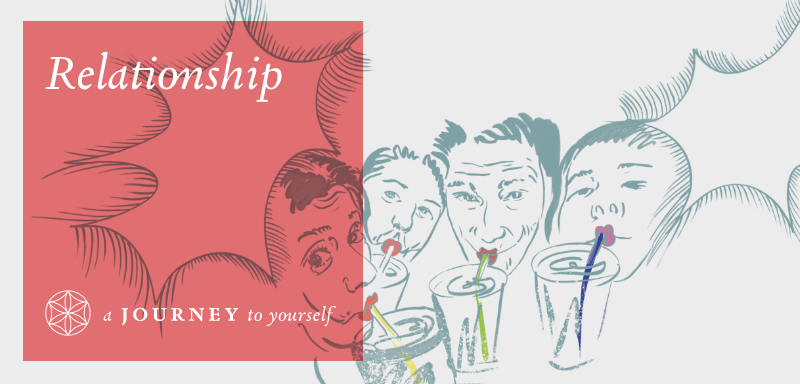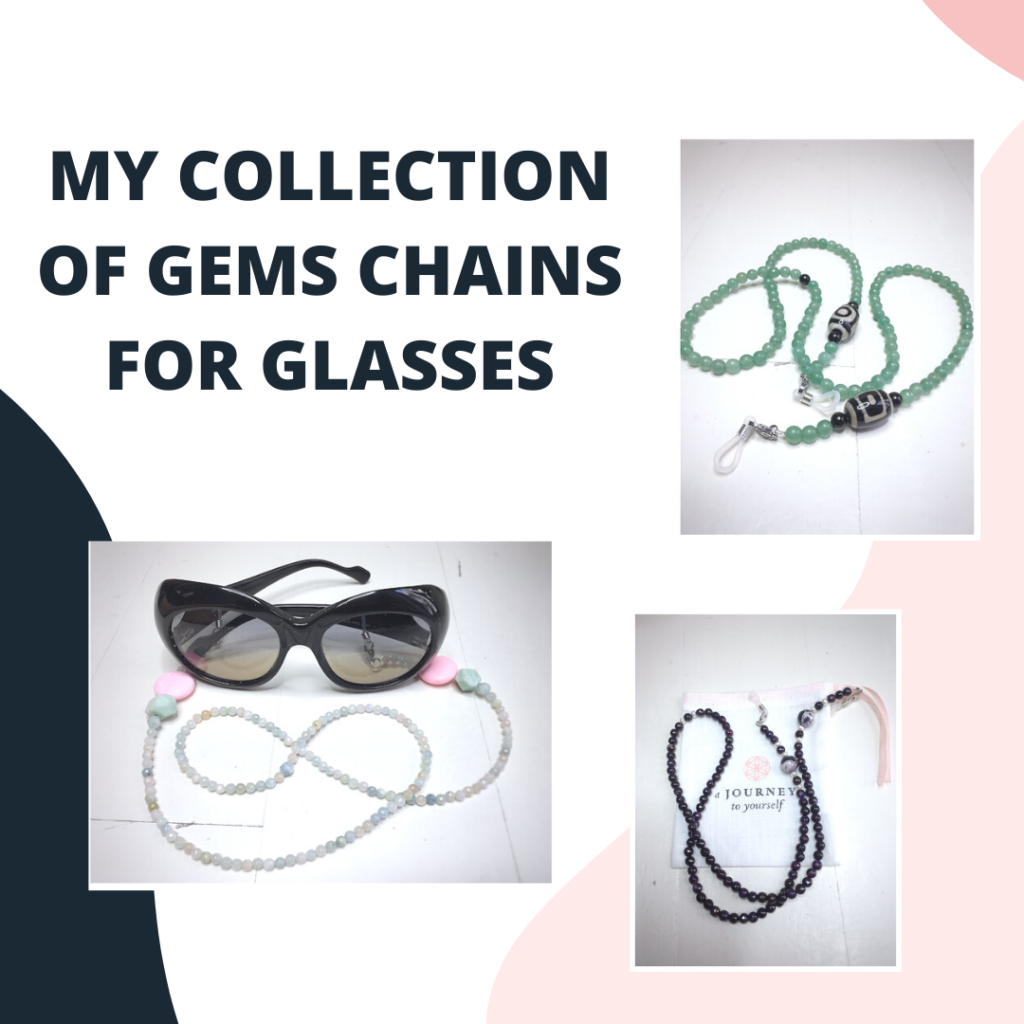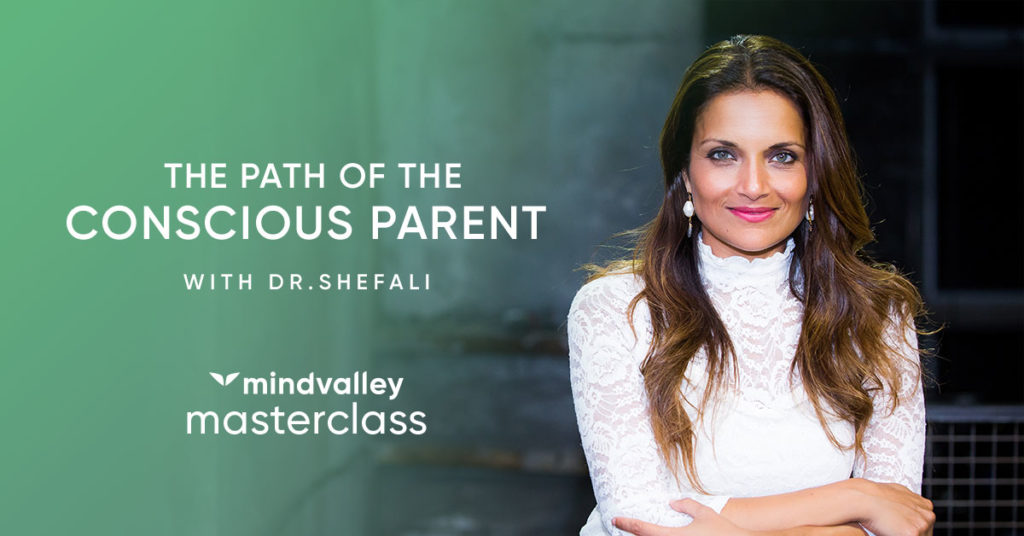Since the first moments of our lives, we are dependent on bonds with others to secure our basic needs – the need for a relationship is inherent in our genes. This means that we must be in a relationship with people who are important to us. We have a biological mechanism that is responsible for creating and regulating relationships with the human to whom we are attached. The mammalian brain plays a key role in it, promoting oxytocin ejection behaviors related to our sense of security. The entire set of accompanying emotions and behaviors is called the attachment system and has been the subject of research by many psychologists, including John Bowlby and Mary Ainsworth.
In this article, you will learn about the 4 main bond styles.
They wondered how the style of the child’s attachment to the caregiver influences the relationship with the partner in adulthood. They found that attachment is an integral part of human behavior throughout life, and each of us can qualify for a specific category based on what our relationship with the caregiver was like in early childhood. And, that this attachment style becomes active in romantic relationships. They distinguished 4 main styles of relationship, differing from each other in terms of perception of closeness, coping with conflict, or the ability to communicate needs.
Safe Style
This bonding style is created when the child feels that the mother is available and gives them her support and care. A stable and predictable mother gives them a sense of security that builds confidence in themself and others.
This style causes children to stay in touch with their emotions and feel they are in control of their lives. It builds self-esteem and the belief that they have the right to love. Such children in adulthood are not afraid of closeness, commitment, or dependence. They believe they are trustworthy and have no problem showing their feelings to their partner, expressing their opinion, and marking their boundaries. They like closeness and find it easy to be dependent on others. Rather, they are satisfied with their relationship and are not convinced that a successful relationship takes hard work. In the event of a breakup, even though they feel hurt, they know they will cope. They can create a lasting relationship with a partner.
The Anxiety-Ambivalent Style
This style is created because of the child’s chaotic care and contact with an emotionally unstable mother or a mother subject to changing moods. Such a mother, even when physically present, always keeps her distance because she cannot cope with her emotions. She often gives the child the feeling to reject it for just any reason.
In this case, the child seeks her attention, experiences severe stress during the separation, and will not calm down after her return. She is constantly nervous and scared. Children growing up in such a situation are accompanied by a strong fear of loss because they have felt loved and unnecessary at times.
The Anxiety-Avoiding Style
When the child experiences constant rejection by the mother, also due to illness or constant trips or hospital stays it creates the attachment style. When the mother does not meet its needs and does not accept them. Such a child becomes powerless with time and stops looking for closeness with the guardian. This style can also develop from excessive parental control.
In adulthood, such a person wants intimacy, but also avoids it, because unmet needs cause them pain. They strives for independence and avoids emotional involvement.They minimizes the importance of emotions and feelings due to low self-esteem. The person overly criticizes themself and believes that they does not deserve love. In adulthood, such a child quickly recovers from a breakup. Has difficulties in showing emotional support to a loved one, does not like to share their feelings. They doesn’t like when someone is dependent on them. It avoids intimacy and distrusts their partner.
Bond styles. Bond styles.
Disorganized Style
A disorganized style is the result of a bond in which the mother is both a safe base for the child and a threat. She scares a child who thinks her behavior is its fault. Most often it concerns a situation in which children are abused, neglected, and experience psychological or physical abuse. Controlled by an often-critical mother. Such a child wants to get closer to the mother and avoid her at the same time.
As an adult, they doesn’t have a consistent strategy for dealing with stress and their own emotions. They cannot solve their problems on their own. They sees themself as a person of little value, unattractive and incomplete. In situations of proximity, they feels a threat. They is passive, shy, and avoids conflicts. They behaves impulsively. Its main role model is violence and destruction. Still lives in fear. Most often it enters relationships based on controls and manipulations.
The early relationship between the child and the caregiver influences how they see the world and themselves in it. Whether they views themself as a valuable part of this world and whether they views the world positively or negatively. And it also determines its relationship with the outside world. If a child can form a stable and secure relationship with their primary caregiver, they will create healthy relationships with other people and with themselves.
Fortunately, the duplication of this pattern can be stopped. Going back to your childhood with memories and analyzing memories and facts. And then, by forgiving your parents, take life into your own hands.
Source:
https://pl.wikipedia.org/wiki/Style_przywiązania_się_u_dzieci
Amir Levine Rachel Heller “Attached: The New Science of Adult Attachment and How It Can Help You Find – and Keep -Love” („Partnerstwo bliskości. Jak teoria więzi pomoże ci stworzyć szczęśliwy związek.”) JK Wydawnictwo, Łódź 2020
Thanks to our partnership with Mindvalley, you can now learn conscious parenting from the best experts in the world.
Discover a new model of parenting Oprah called “Revolutionary” and “Life-changing” so you can create the ideal environment for your children to thrive and blossom into their most authentic self with conscious parenting expert, Dr. Shefali Tsabary.
Bond styles. Bond styles.




